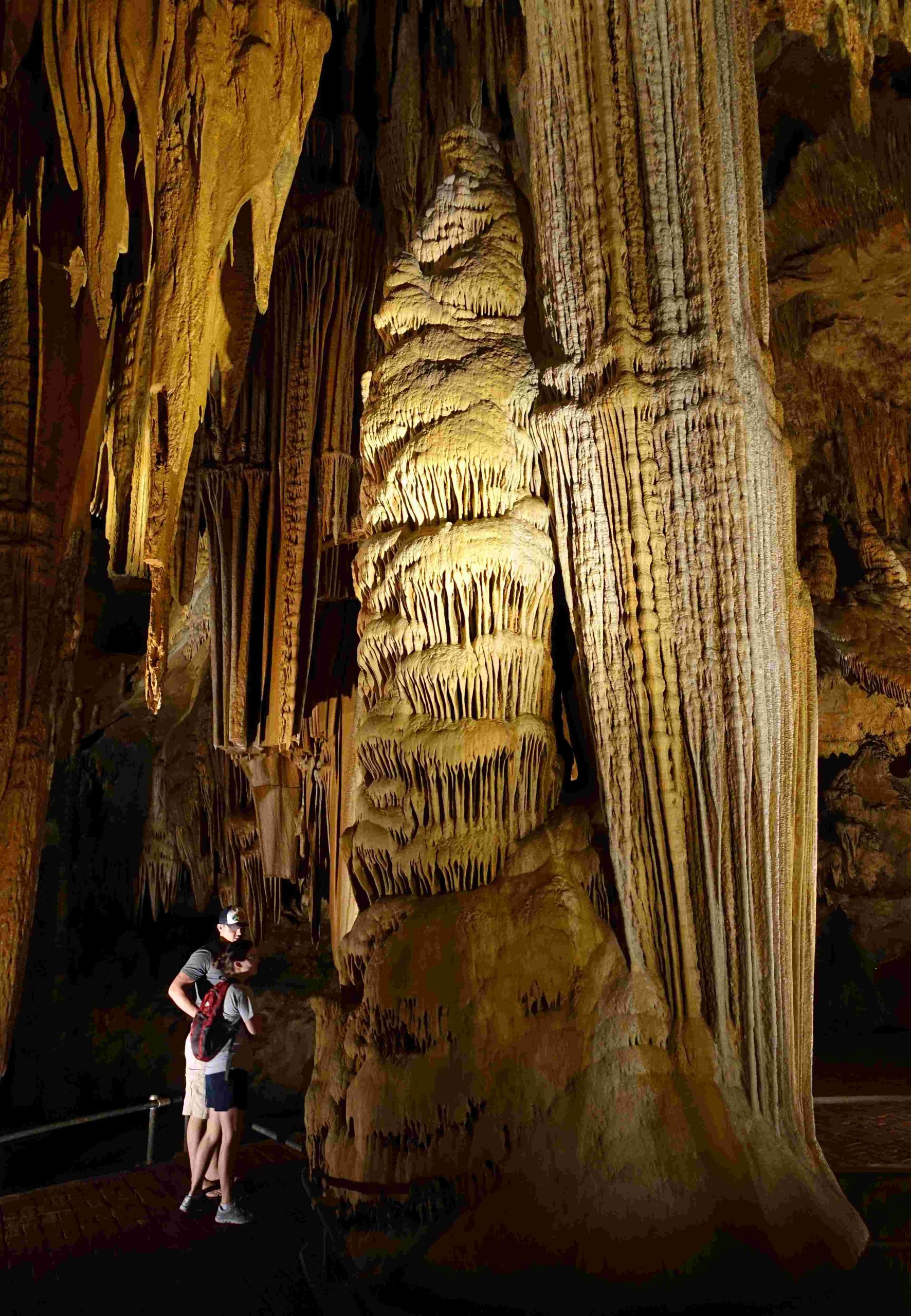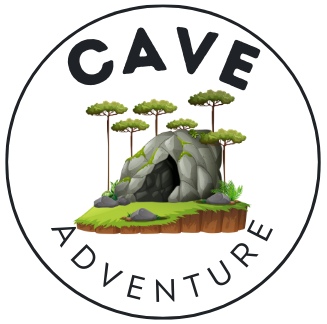The discovery of Luray Caverns on August 13, 1878, marked a significant moment in American geological history. A group of five local men, led by Andrew J. Campbell, stumbled upon this natural wonder while investigating a mysterious cool breeze emanating from a limestone sinkhole. Their curiosity and persistence led to the unveiling of one of the most spectacular cave systems in Eastern America, setting the stage for centuries of exploration, scientific study, and tourism.
What Led to the Discovery of Luray Caverns?

The discovery of Luray Caverns was a combination of natural phenomena and human curiosity. On a sweltering summer day in 1878, a group of local men noticed an unusual cool breeze coming from a limestone sinkhole. This intriguing occurrence prompted them to investigate further, leading to one of the most significant geological discoveries in Virginia’s history.
The key individuals involved in this discovery were:
- Andrew J. Campbell (local tinsmith)
- William Campbell (Andrew’s brother)
- John \”Quint\” Campbell (Andrew’s 13-year-old nephew)
- Benton Stebbins (local photographer)
- Another local man (name not consistently mentioned in sources)
These men spent approximately four hours digging through loose rocks and debris to create an opening large enough for exploration. The smallest among them, Andrew and Quint, were the first to descend into the unknown depths using a rope and candlelight.
What Did the Initial Explorers Find?

Upon entering the caverns, Andrew and Quint were immediately awestruck by the extensive and elaborate formations within. Their initial exploration revealed:
- Vast chambers with high ceilings
- Intricate stalactites and stalagmites
- Unique geological formations unlike anything they had seen before
The initial discovery was just the beginning of a long journey of exploration and understanding of this underground wonder.
How Old are the Luray Caverns?
The geological history of Luray Caverns spans millions of years:
| Time Period | Event |
|---|---|
| 400 million years ago | Formation of the dolomite rock in which the caverns are carved |
| 7 million years ago | Oldest formations in the caverns begin to take shape |
| Ongoing | Continuous formation of new speleothems |
The caverns are considered an \”active cave,\” meaning that the process of formation and change is still ongoing. Water continues to seep through the rock, depositing minerals and slowly altering the cave’s landscape.
What are the Unique Features of Luray Caverns?
Luray Caverns boast several unique features that set them apart from other cave systems:
-
Size and Scope: Spanning approximately 64 acres, Luray Caverns is one of the largest cave systems in Eastern America.
-
Constant Temperature: The caverns maintain a uniform temperature of 54°F (12°C) throughout the year, regardless of external weather conditions.
-
Dream Lake: A 2,500 square-foot pool of water that creates a stunning optical illusion by perfectly reflecting the stalactites above.
-
The Great Stalacpipe Organ: A unique musical instrument created by Leland W. Sprinkle in 1957. It uses solenoid-fired strikers to tap stalactites, producing musical tones.
-
The Wishing Well: A 6-foot-deep bluish-green pond where visitors can make wishes by tossing coins.
-
Extensive Decorations: Luray Caverns is renowned for its profuse decoration with stalactites, stalagmites, and other speleothems, making it one of the most ornate cave systems in the world.
How Has the Discovery Impacted the Region?
The discovery of Luray Caverns has had a profound impact on the region:
- Tourism: Since its discovery, Luray Caverns has become a major tourist attraction, drawing visitors from around the world.
- Scientific Research: The caverns have provided valuable insights into geological processes and cave formation.
- Economic Growth: The influx of tourists has significantly boosted the local economy of Luray and surrounding areas.
- Conservation Efforts: The discovery has led to increased awareness about the importance of preserving natural geological wonders.
What Can Visitors Expect Today?
Modern-day visitors to Luray Caverns can experience:
- Guided tours through the illuminated caverns
- Educational exhibits about the caverns’ geology and history
- The unique sound of the Great Stalacpipe Organ
- The optical illusion of Dream Lake
- The opportunity to make a wish at the Wishing Well
The discovery of Luray Caverns in 1878 opened up a hidden world of natural beauty and geological wonder. From the initial curiosity of five local men to becoming a world-renowned tourist attraction, Luray Caverns continues to captivate and educate visitors about the marvels that lie beneath the Earth’s surface.

